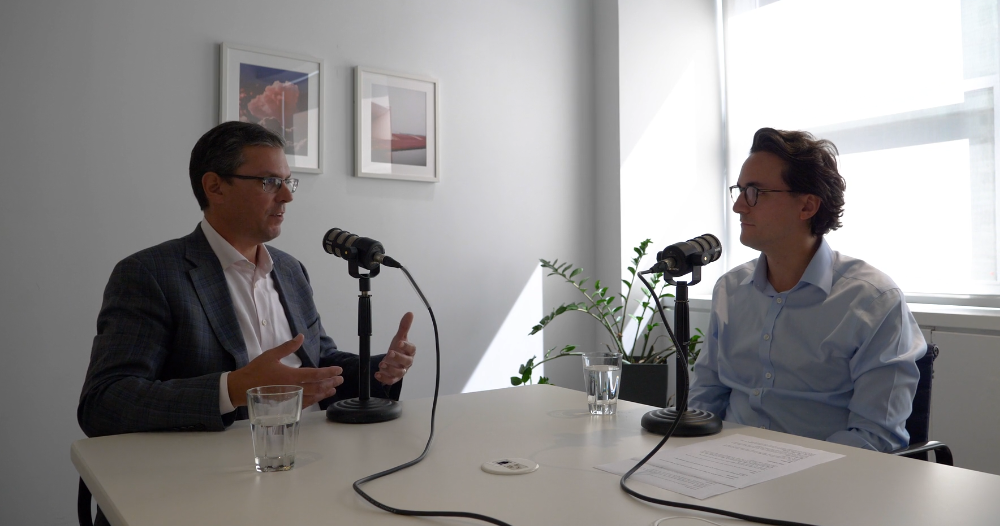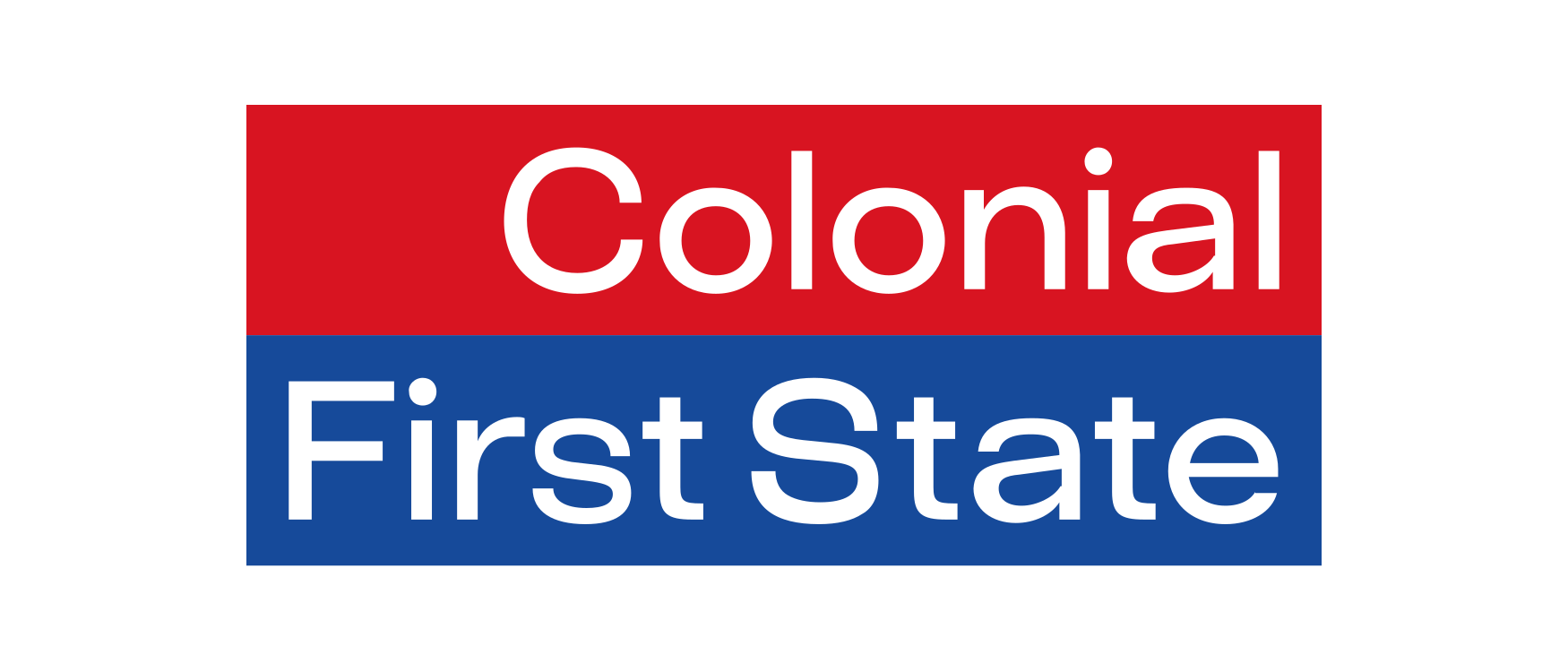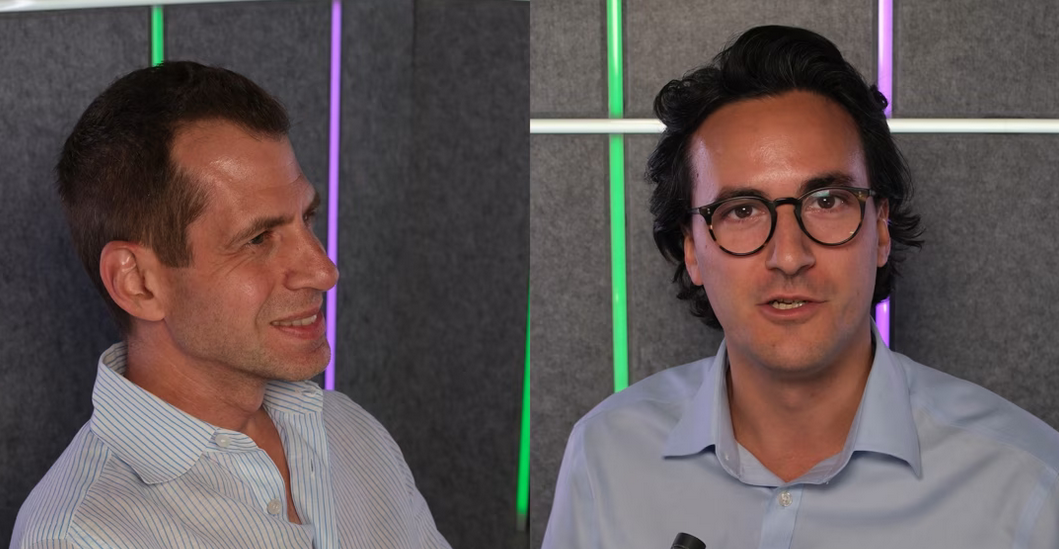At the end of 2022, Brazilian fund managers and investors were greeted by the news that the country’s impressive domestic investment market was set to undergo a significant shake up that would bring it in line with the world’s leading mature markets. The legislation, CVM Resolution No.175, introduced sweeping changes to the asset types available to investors, as well as significant shifts in responsibilities among the three main players in the fund ecosystem: administrators, asset managers and distributors. Furthermore, the market would soon become truly cross-border for the first time. Where, originally, only institutional investors could invest overseas (and, even then, only up to 20% of their net asset value), foreign funds would soon be open without limits to institutional and retail investors.
Since the announcement, the industry has been hard at work laying the foundations for a new era. True change takes time, however. The original compliance deadline of April 2023 was pushed back to October 2023, before industry pressure forced the regulator’s hand again. Now existing funds have until June 2025 to get their houses in order, while new funds have until October this year.
Restructuring an entire market so that it’s as efficient and competitive as any in the world isn’t something you want to rush.
First Brazil, then the World
When I wrote about the new regulation last year, it was talk of a cross-border Brazilian fund market that grabbed the headlines. But CVM 175 also presents a significant opportunity for the domestic market. The focus now has been getting compliant with the shifts in responsibility that the regulation dictates.
Historically, the fund administrator held the central role in the Brazilian fund ecosystem, being responsible for appointing both the asset manager and the distributor. This centralised model placed most of the legal and operational burdens on the fund administrators. Now, asset managers must take on a more prominent role, appointing and forming contracts with distributors, which previously fell under the purview of administrators. This shift mandates asset managers to engage more deeply in legal and compliance responsibilities, including updating bylaws to reflect their new roles and ensuring agreements are in place with distributors. To reflect this new model, funds must update their bylaws and governance structures and establish or revise contracts to align with the new regulatory framework, ensuring that all legal and compliance bases are covered.
The end result should be a far leaner and streamlined fund industry that operates more like the leading European markets. Currently, the over-centralisation of administrator responsibilities tends to cause bottlenecks.
The new regulation also enhances the need for transparency and data sharing between asset managers and distributors, aiming to foster better-informed investment decisions and bolster investor trust.
It necessitates a balance of responsibilities and calls for a more efficient communication flow between providers. Previously, the fund administrator primarily handled these tasks, but now, order flow must be efficiently managed among the distributor, asset manager, and fund administrator alike.
The regulation also mandates that fund documents, which are now standardised, clearly outline all fees charged by both distribution and asset management. It all helps in ensuring increased transparency and a clear understanding of costs.
Digitalising Brazil’s fund industry
Achieving this quickly, however, requires significant digitalisation. The Brazilian fund market is far from alone in its reliance on manual procedures and a lack of back-office budget; a costly mix when operational upheaval is required
This challenge, however, presents a valuable opportunity. By digitalising operations, automating processes, and enhancing data transparency across the value chain, transactions can be made more efficient, faster, and lower-cost.
Automating their back offices, accelerating their path to full compliance and preparing for the future is key for administrators, asset managers, wealth managers and distributors to leverage all that the new regulation enables. This aligns with the practices of some of their international peers – but also goes above and beyond what many funds in more mature markets have in place.
Many providers continue to push ahead in their global diversification plans, and the funds that are working with the right partners are in a pole position to steal a march on competitors both at home and abroad when the time comes.
The Securities and Exchange Commission has created the opportunity; it’s now up to the funds to grab it with both hands.




















